What is the relationship between flesh solarization and honey treatment? What are the advantages?
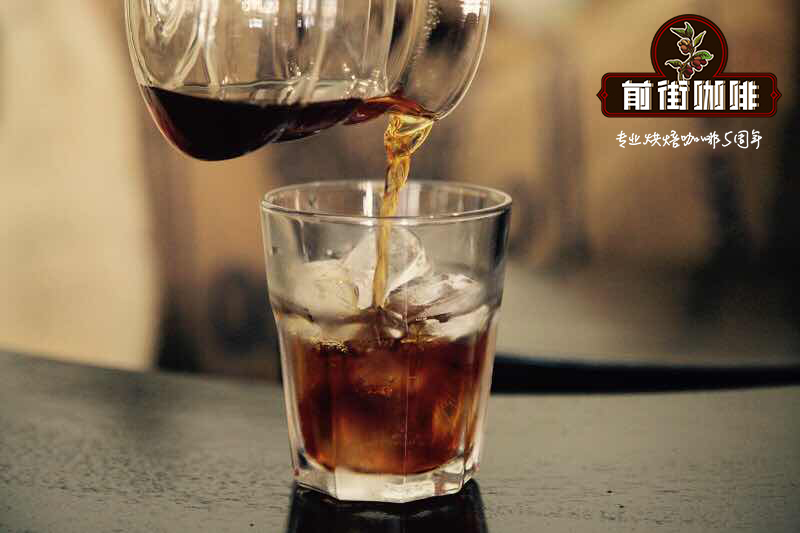
Professional coffee knowledge exchange more coffee bean information please follow the coffee workshop (Wechat official account cafe_style)
Flesh solarization method
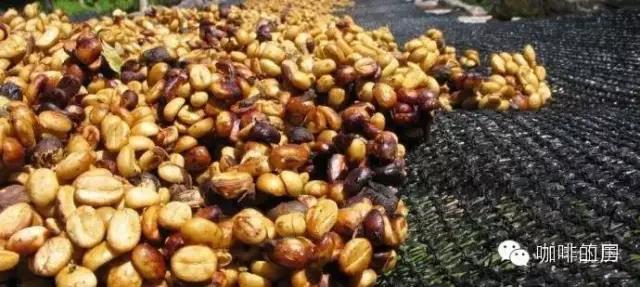
Like washing and solarization, pulp solarization has become a feasible and high-quality method for drying coffee fruits. In Brazil, which was born in 1990, Brazilians in order to give up the rotten sun-cured coffee that has been criticized for a long time, and unable to solve the problem of using water in coffee washing, finally found another way to combine washing with sunlight to create pulp solarization. The pulp solarization method not only reduces water consumption, but also reduces the effect of exocarp on coffee beans, which is a cost-effective coffee treatment method.
Both coffee-producing countries, South American countries must be the same in the coffee industry, and closely follow the pace of Brazil, the coffee big brother. At the beginning of the birth of pulp solarization, its ideas and even specific operations have spread to other coffee-producing countries with exchanges, among which the most unique and perfect interpretation of pulp solarization is Costa Rica. In Brazil, the pulp solarization is called Pulped Natural;, while in Costa Rica, the same principle is called Honey/Miel Process, that is, we have a lot of kneeling and licking honey in our coffee circles. Coffee farmers in Central America think that the pulp left on the bean shell is as thick as honey, so they call it honey-treated Miel Process. The pulp was treated with ≈ honey. As for why it is about equal to, we will talk about it in the next step of the process.
So, when it comes to pulp tanning, 99% of people are talking about Brazil and Costa Rica. Unlike the washing and solarization that we mentioned earlier, pulp solarization is a relatively "regional Regional" treatment. Of course, other producing countries also have experimental small farms, but they are not representative.
What is the flesh sun drying method? It has a more fashionable name-honey treatment.
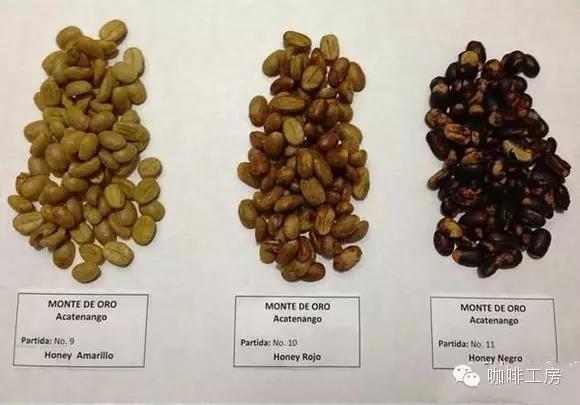
The following are the advantages of pulp tanning (that is, honey treatment). Note that its advantages are reflected not only in its flavor advantage, but also in the coffee production end, that is, on the coffee farm:
Save water: if coffee farmers are willing and have the guts, they can completely avoid dripping water in the flesh in the sun.
Convenience: without the need for too complex machinery, coffee producers can handle coffee in smaller units without being squeezed by purchasers, boosting the enthusiasm of coffee farmers. This also strengthens the "transparency Transparency" in the coffee industry chain and encourages coffee farmers to produce micro-batch Micro Lots, reflecting the important spirit of fine coffee.
Clean flavor: at least the product is cleaner than the sun method.
Taste thick: at least the product is thicker than washing.
Low cost: not only does it use less water, but the pulp can be used as fertilizer. Although the source of information may not be correct, at least the editor sounds tempting.
Flesh solarization (that is, honey treatment) is more suitable for dry areas, humid areas want to use this method, there is a great possibility of devastating mildew.
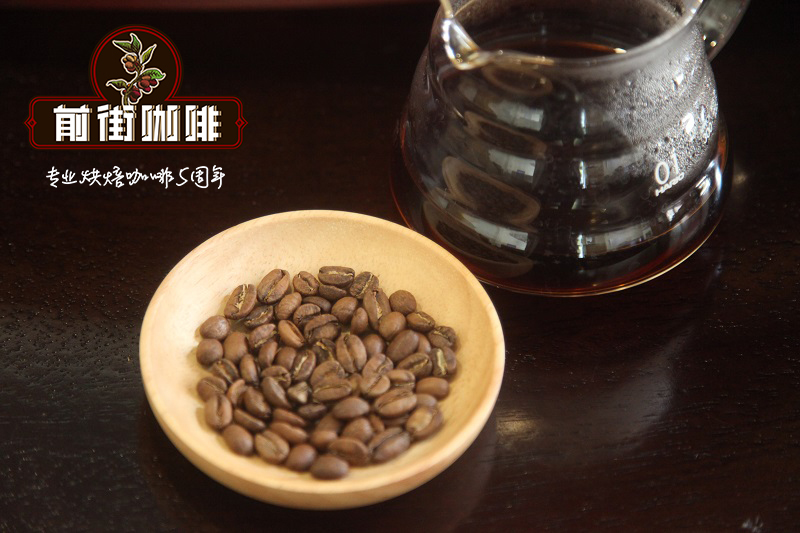
Important Notice :
前街咖啡 FrontStreet Coffee has moved to new addredd:
FrontStreet Coffee Address: 315,Donghua East Road,GuangZhou
Tel:020 38364473
- Prev
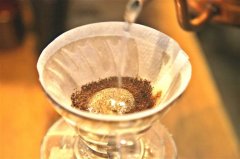
How to cook honey treated beans? | | detailed report of hand punch parameters |
Professional coffee knowledge exchange more coffee bean information please follow the coffee workshop (Wechat official account cafe_style) their most obvious difference is that from yellow, red, black one is sweeter than one, plus more rich fruit rhyme. The biggest feature is a very amazing sweetness, plum, honey, brown sugar tail rhyme. Our so-called technique is not to regulate the flavor, because the flavor
- Next
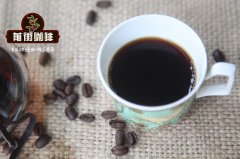
What is the flavor of coffee wet planing? what are the characteristics of Indonesian wet soaked coffee beans? what is wet planing?
Professional coffee knowledge exchange more coffee bean information please follow the coffee workshop (Wechat official account cafe_style) what is the way to refine coffee? What we usually call coffee beans are actually seeds; the fruit of coffee is called coffee cherry fruit (Coffee Cherry). ? Coffee beans are not beans? That is. There are two coffee beans and only 5% coffee in each coffee cherry.
Related
- What is the meaning of lactic acid fermentation with coffee bean treatment?
- How to judge the state of foam by sound?
- How does the latte pull out the unicorn pattern? Come to get for a little trick to improve the flower pull!
- Will flower pulling affect the taste of the latte?
- Do you know the history of coffee?
- The difference between honey treatment and sun washing what is raisin honey treatment?
- What kind of milk can a novice use to make coffee foam to keep the foam longer? The correct method and skills of milking tutorial sharing
- Why do washed coffee beans taste sour? Flavor characteristics of washed Coffee
- Introduction to the skill of how to practice the size and height of water injection around the circle of hand-brewed coffee
- How do beginners practice coffee flower drawing from scratch?

